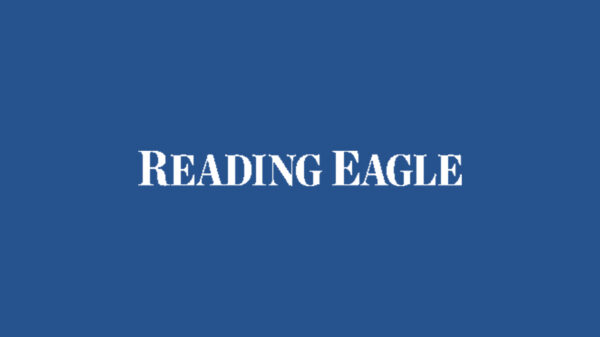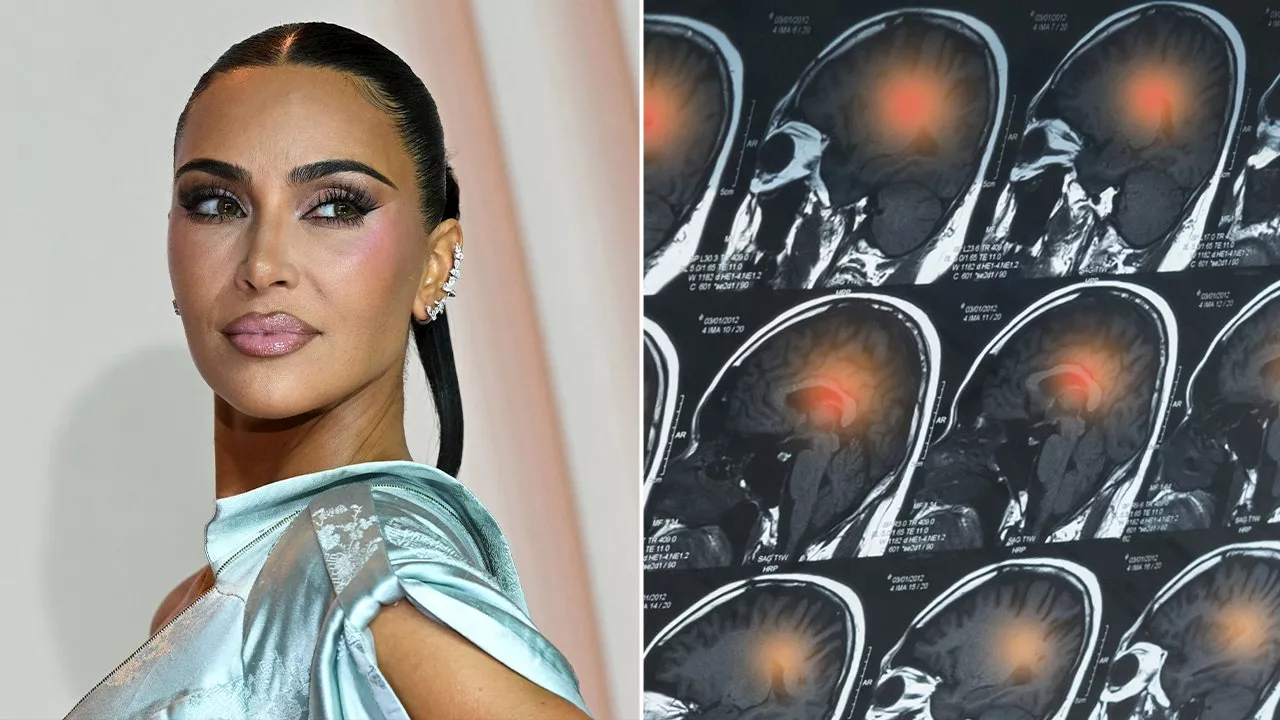Kim Kardashian has publicly disclosed her diagnosis of a brain aneurysm, a revelation that has sparked a broader conversation regarding the condition and its implications. During a preview clip from Season 7 of Hulu’s *The Kardashians*, Kardashian shared that the aneurysm was discovered during an MRI scan. The 45-year-old entrepreneur also mentioned that her doctors suggested stress could be a contributing factor, although the exact cause of her aneurysm remains undetermined.
Understanding brain aneurysms is crucial, as they can pose significant health risks. According to Dr. Adam Arthur, chairman of neurosurgery at the University of Tennessee and chief medical officer of Medtronic Neurovascular, a brain aneurysm refers to a ballooning or weakening of a blood vessel in the brain, resembling a small water balloon on a hose. If an aneurysm ruptures, it can lead to a hemorrhagic stroke, which may have life-altering or fatal consequences.
While many aneurysms are small and do not lead to serious issues, the risk of rupture is a significant concern. Dr. Arthur notes that brain aneurysms are more prevalent in women, possibly due to genetic factors. The presence of an aneurysm does not always necessitate treatment, but a sudden rupture can manifest as an intense headache, often felt behind the eye, indicating a medical emergency.
Kardashian’s early detection illustrates the importance of monitoring and managing this condition. Dr. Arthur emphasizes that early detection can lead to interventions that prevent strokes. Current treatment options vary from minimally invasive procedures to open surgery, depending on the aneurysm’s size and location.
Several risk factors can increase the likelihood of developing an aneurysm. These include binge drinking, nicotine use, genetic predispositions, and the use of certain illicit drugs such as cocaine and methamphetamine. Chronic stress has also been associated with aneurysm formation, highlighting the significance of lifestyle choices—such as sleep, diet, and exercise—in mitigating risks.
Family history plays an essential role in assessing risks, and screening exams like MRIs are advised for individuals with close relatives who have had aneurysms. The potential for disability resulting from a ruptured aneurysm underscores the necessity of awareness and proactive healthcare measures.
Prompt medical attention and appropriate interventions can lead to improved outcomes, making it vital for individuals experiencing symptoms to seek medical advice without delay. Kardashian’s announcement serves not only as a personal health disclosure but also as an opportunity to raise awareness about the critical importance of understanding brain aneurysms and the need for early detection and management.
This health scare has resonated with many, prompting discussions about mental health, stress management, and the importance of regular medical check-ups. As Kardashian navigates her diagnosis, it remains a poignant reminder of the complexities of health conditions and the value of support systems during challenging times.








































































